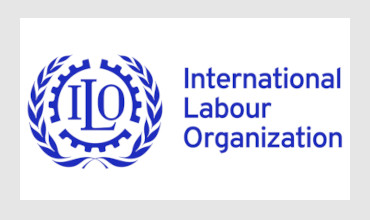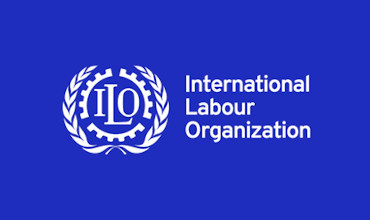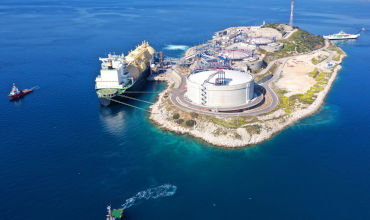Management of Regulations and Information for Ship-to-Shore Access
Ship to Shore Access Regulation Management is a critical aspect of maritime functionings, confirming the safe and efficient transfer of staff, freight and details connecting ships and shore facilities. This process involves a comprehensive understanding of various regulative structures designed to enhance security and operational organization.
Regulatory Framework
The regulatory framework governing shore delivery approach encompasses international, national and local rules. Key international settings include the International Maritime Organization (IMO) guidelines, the International Ship and Port Facility Security (ISPS) Code and the Safety of Life at Sea (SOLAS) Convention. These rulings mandate strict conventions to reliable approach, monitoring and communication joining vessels and beach resources.
Safety and Security Protocols
Effective administration of shore delivery access requires stringent protection and guarantee agreements. It includes implementing robust methods for the transfer of crew and passengers, secure transshipping and real-time communication systems to confirm unterrupted controlling and coordination. Check-point must be controlled and monitored to prevent unauthorized entry and verify the protection of all workers.
Operational Efficiency
Operational efficiency in seaboard entrance control involves optimizing mechanisms to minimize delays and disruptions. It incorporates the use of advanced technologies such as automated entrance barring, real-time tracking and data management systems. Such technologies enhance the speed and accuracy of actions, reducing turnaround times and improving overall effectiveness.
Compliance and Training
Conformity with vessel to shore approach regulations is enforced through regular inspections and audits. Training programs to crew and staff on the coast are essential to provide that all parties are knowledgeable about the executive requirements and best practices. Ongoing education and drills help maintain high standards of assurance and reliability, confirming that workers are prepared to handle various scenarios effectively.
Ship to Shore Access Regulation Management is essential for maintaining safety, security and efficiency in marine actions. By adhering to ruling substructures, implementing stringent security agreements, optimizing operational procedures and establishing continual teaching and compliance, maritime masters can effectively manage the complexities of boat to shore access. It integrated approach supports the smooth and secure transfer of personnel, longshoring and information linking crafts and coastal structures.



